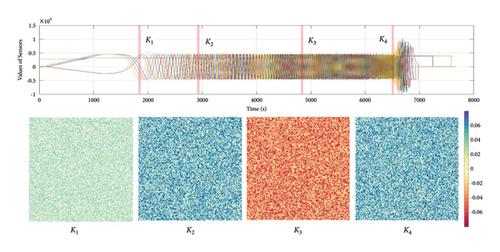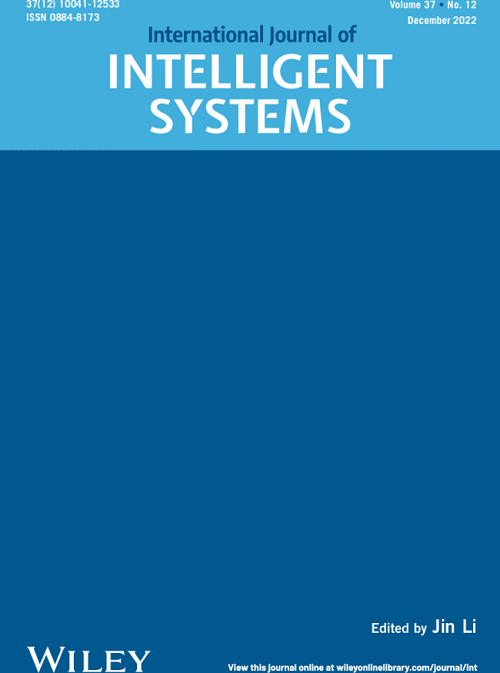A Data and Knowledge Fusion-Driven Early Fault Warning Method for Traction Control Systems
Abstract
While high-speed maglev trains offer convenient travel options, they also pose challenging issues for fault detection and early warning in critical components. This study proposes a Temporal-Knowledge fusion Spatiotemporal Graph Convolutional Network (TK-STGCN) for early warning of faults in the traction control system (TCS). Compared with the existing literature that leverages the spatiotemporal characteristics of big data for fault feature discovery, TK-STGCN focuses on integrating prior knowledge to capture correlations between data and fault mechanisms, thereby improving data processing efficiency. This requires our method not only to extract spatiotemporal features from time series but also to efficiently integrate knowledge representations with time series as inputs to the model. Specifically, structural analysis (SA) is first employed to construct the predefined structural graph for the TK-STGCN backbone network. Subsequently, a knowledge fusion unit is used to integrate the knowledge graph representation with monitoring time series data as input for the TK-STGCN model. Finally, the TK-STGCN method is applied to provide early warnings for six common faults in TCS. Analysis based on 21,498 hardware-in-the-loop experiments reveals that this method can achieve a fault warning rate of over 90%. This demonstrates that the proposed method can effectively predict faults before they occur, preventing excessive equipment damage and even catastrophic consequences.


 求助内容:
求助内容: 应助结果提醒方式:
应助结果提醒方式:


